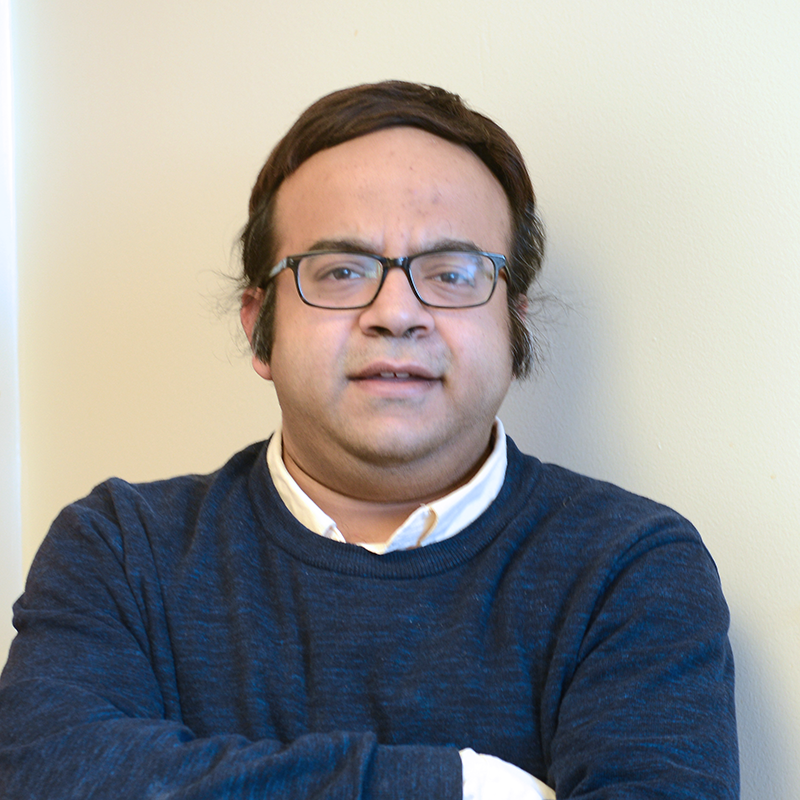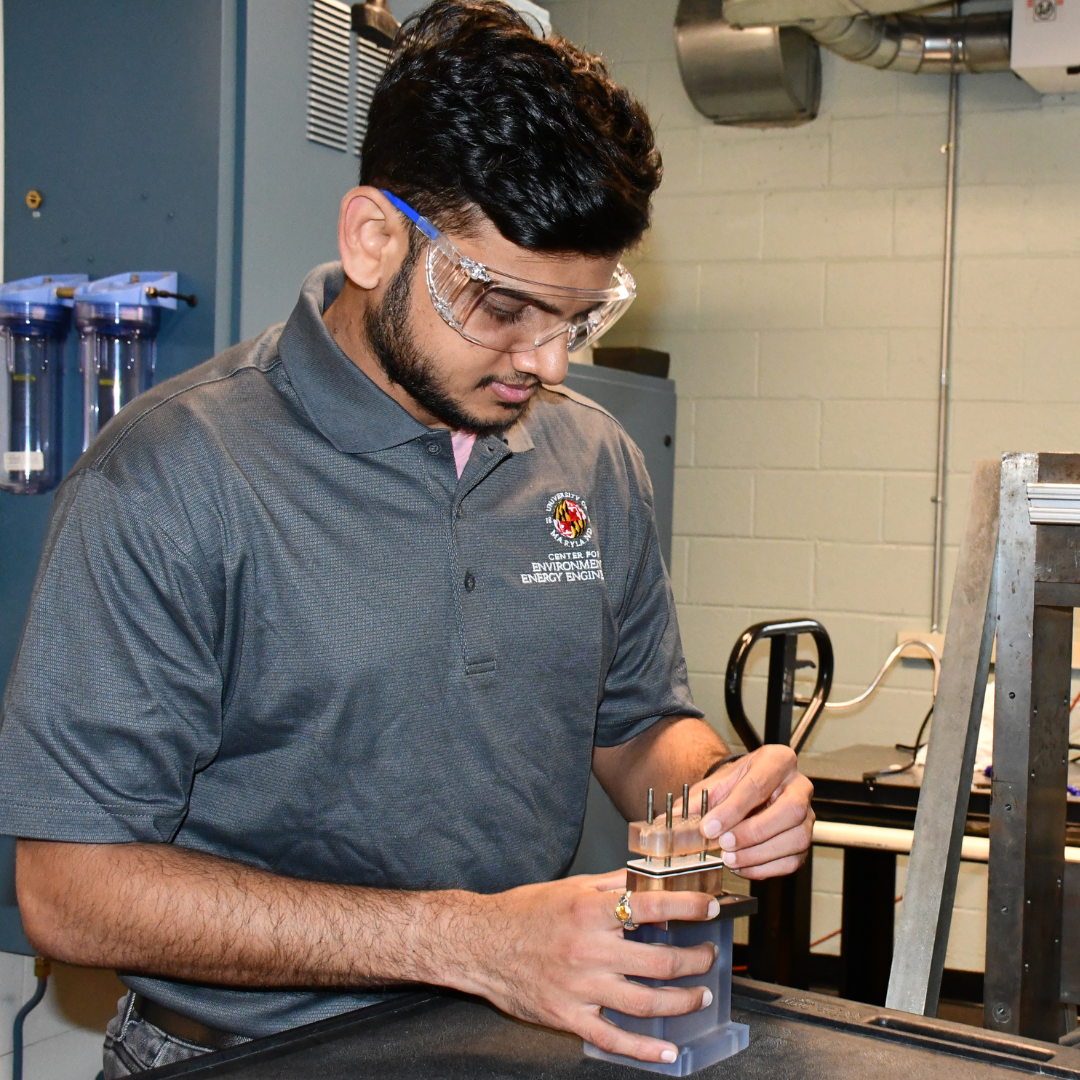News Story
High Speed Network: New and Improved
SIX YEARS AGO, a handful of university technology administrators set out to create a new Internet with ultra-fast connections for academic researchers that was also to serve as a testing ground for improving the "old" Internet.
Their network, now known as Internet2, is a huge success. With 10,000 miles of fiber, connections 400 times as fast as the standard high-speed line used by businesses and a limited number of users, researchers can hold interactive videoconferences, share simulations of exploding stars, create music collaboratively and even perform surgery remotely.
Schools and libraries can tap in, expanding Internet2's use as an educational tool. And a growing number of companies, such as pharmaceutical giant Johnson & Johnson and Ford Motor Co., are linking up, to connect their own far-flung researchers and test new technologies.
But as far as providing much help to users of Internet1, Internet2 so far "has not been a success in that regard," says Robert Dixon, chief research engineer for the technology office at Ohio State University and the Ohio Academic Research Network, which connects Internet2 to schools and universities in that state.
The record is not totally bleak, though. Technology companies, such as Cisco Systems Inc., an early backer of Internet2, say they've learned how to better move simultaneous streams of audio, video and data, and have begun incorporating that information into new products.
Researchers concede they misjudged the challenge of improving the Internet -- a patchwork of networks, with millions of users, thousands of interconnections and no central administration. For instance, a single e-mail or video stream may travel across a half-dozen networks to reach a user, and the user won't benefit from new technology -- such as improved handling of video feeds -- unless each network installs the new features. Yet network operators, singed from overexpansion during the Internet boom and facing dramatically less competition, are reluctant to offer expensive new services.
"We underestimated the complexity" of the task, says Donald Riley, chief information officer at the University of Maryland. "It's like saying we're going to transform the entire phone system."
Mr. Riley, while holding a similar position at the University of Minnesota in 1996, was among the architects of Internet2. Academics were among the earliest users of the Internet, through a predecessor network operated by the National Science Foundation known as NSFNet. As the commercial Internet grew in the early 1990s, however, it gradually supplanted NSFNet, which was shut in 1995. That forced researchers to compete for time and resources on the commercial Internet.
"We weren't getting the kind of bandwidth we needed," Mr. Riley says. When he and others would complain to commercial network operators, "the only response . . . was you need to buy more" bandwidth.
Over late-night beers at technology conferences, the administrators decided to build their own high-speed network. Beyond easing the congestion problems, the architects hoped that solving researchers' technical problems would re-create the intellectual fomentation that surrounded the original Internet, spawning a new generation of technologies that could then be applied commercially.
Within a year, more than 100 universities had agreed to join, surprising even early backers such as Mr. Riley. Qwest Communications International Inc. provided the fiber, and other companies supplied the equipment to connect the network. And the group piggybacked on the Clinton administration's similar Next Generation Internet initiative to obtain grants that helped most of the universities connect to the network, which began operating in early 1999.
Today, more than 190 universities are members of Internet2, whose formal name is the University Consortium for Advanced Internet Development. Researchers love it. Before Internet2, University of Minnesota astronomy professor Paul Woodward used the mail to ship reels of computer tape back and forth between his lab and the National Center for Supercomputing Applications in Illinois, which crunched the data Mr. Woodward collected from giant stars nearing the end of their lives.
Now, the data -- enough to fill a small encyclopedia every day -- flow back and forth almost instantaneously over Internet2. Mr. Woodward and his team wrote software to create animations of the shining, pulsating, spewing stars that they project on a 7-foot-by-25-foot screen.
Mr. Woodward says Internet2 makes it easier to collaborate with researchers across the country, to whom he can ship a movie in about 30 minutes. The animations have proved so popular that meteorologists now tap Mr. Woodward's lab to make movies of hurricanes and tornadoes.
Many Internet2 projects focus on improving audio and video feeds across the network. David Richardson, an engineering manager at the University of Washington, leads a group that uses Internet2 to transmit high-definition TV images. Mr. Richardson says the project showed that the Internet ultimately could be used to distribute TV or movies. But the high-resolution images could have scientific value as well, such as examining video of a space shuttle liftoff for evidence of damage to the heat-shielding tiles. "I view Internet2 as a snapshot of the future of the Internet," he says.
At Ohio State, Mr. Dixon has orchestrated the transmission of laporoscopic abdominal surgeries, where doctors use instruments fitted with cameras attached to snakelike tubes instead of cutting open a patient's stomach. Surgeons manipulate the instruments remotely, by looking at a monitor -- meaning that, in theory, they could perform the procedure from across town or across the world. So far, doctors at Ohio State have gone no farther than the other side of the operating room, but Mr. Dixon says the Internet-transmitted video would be an ideal teaching tool for medical students and would allow specialists in major cities to consult with small-town doctors.
When the Internet2 annual meeting was canceled last fall in the wake of the Sept. 11 terrorist attacks, Mr. Dixon helped convert the gathering into a massive videoconference, with participants at roughly 200 sites around the world. German researchers near the North Pole talked to high-school students in Germany. Growers of a rare black popcorn touted their crop, after mailing samples to attendees to create what Mr. Dixon calls "the world's first virtual picnic."
In the ultimate video presentation, a Texas company last year used Internet2 to "teleport" a three-dimensional holographic image of Gov. Rick Perry from the state Capitol in Austin to a lab at the University of Texas at Dallas.
These presentations are rarely perfect, but Mr. Dixon says that's the point. Large-scale videoconferences are intended to find the flaws in existing systems, so researchers and equipment makers can design more robust programs, first for Internet2, and ultimately the commercial Internet. "If this were routine, we wouldn't be doing it," he says. Qwest recently agreed to quadruple the speed of the Internet2 backbone network.
Impressed with Internet2, Europeans recently launched their own high-speed network to connect research networks in 27 European countries. The Geant network connects more than 3,000 universities and research centers.
In the U.S., companies such as Johnson & Johnson are using Internet2 to test new ways for researchers to collaborate. For example, a J&J researcher in California can see a slide under a microscope in New Jersey, says Stuart Kippleman, who heads the company's advanced technology research group.
More important, Mr. Kippleman says J&J is learning how researchers want to collaborate -- on the spur of the moment from their lab, rather than going into a special room equipped with audio-video gear. But putting the equipment into labs poses new problems, from cleanliness to canceling out the background noise of laboratory equipment.
Michael Turzanski, deputy director of Cisco's academic research and technology initiative, says work with Internet2 helped Cisco, the largest maker of Internet-switching equipment, incorporate "multicasting" technology into its newest equipment. Multicasting reduces network congestion by sending a single stream of data to a switch near a group of users, rather than creating a separate stream of data for each user. Financial-services companies use the technology to update information for traders, for example. Mr. Turzanski says Cisco has benefited from the $10 million in cash and equipment it has invested in Internet2.
Some of the Internet2 backers say they're disappointed that there aren't more advances such as multicasting that have made their way to the commercial Internet. The shortcomings stem largely from the complexity of the Internet, they say.
Consider the task of the routers that direct traffic across the Internet, one "packet" of information at a time, based on the best way to get the information to its final destination. With a relatively limited number of users, an Internet2 router has to choose from 4,500 potential paths in a fraction of a second before deciding where to send a packet. A commercial router must analyze 90,000 paths, Cisco's Mr. Turzanski says.
When should Internet users expect other advances? Backers talk about three to five years, much as they did three to five years ago. But this time, they say their estimates are more realistic, largely because they've learned how much they don't know, and where the tough problems are.
In particular, researchers say they are paying increasing attention to the "middleware" that makes a network operate, including thorny issues such as security. Who has permission to use the network? Which applications should get priority through the network? How should network operators be paid for carrying each others' traffic? "We're understanding what it takes to scale up high-performance networking," says Douglas Van Houweling, Internet2's chief executive.
"Just putting in place very high-speed networks doesn't mean you get networks that perform at high speed," Mr. Van Houweling says. "If we can't do it in Internet2, we won't be able to do it in the commercial Internet either."
Published February 11, 2002









